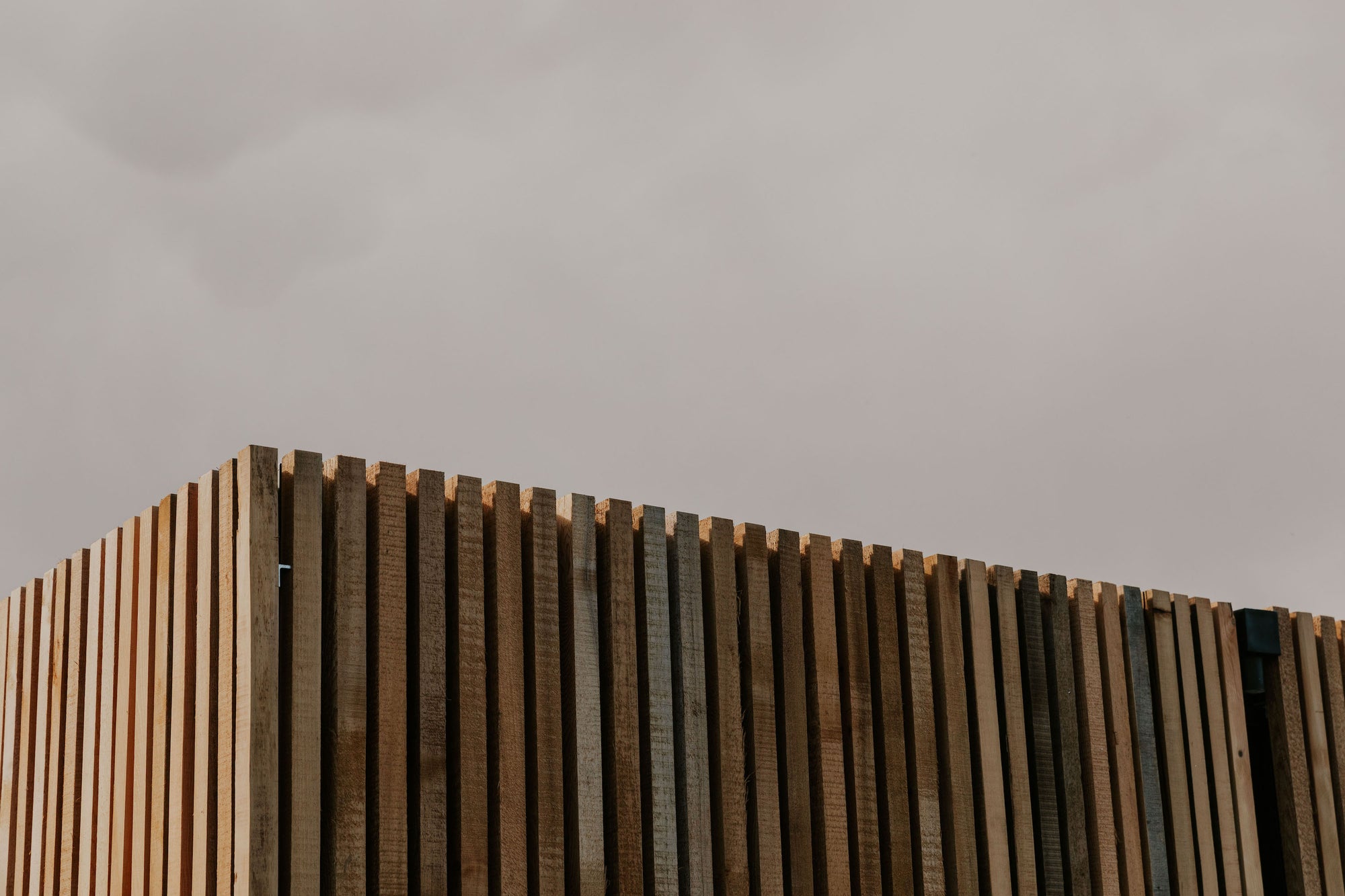Luckily, immersive experiences that bring you closer to nature in an urban environment aren’t a myth. As we welcome the warmth of spring in the Northern Hemisphere, we’re welcoming in new rituals that bring us outside and connect us more deeply with our natural surroundings. One of those experiences that bring restoration and renewal to our routines is hot and cold therapy, something deeply embedded in our roots here at GOODLAND. Known as the “Nordic Cycle,” an almost euphoric feeling can happen as we transition from one extreme temperature to another.
On British Columbia’s Vancouver Island—not too far from the home of GOODLAND—we were excited to discover a new hot and cold experience. HAVN Saunas is a community-centred destination for wellness and rejuvenation located on a floating barge in downtown Victoria. Set to open June 1st, we spoke with HAVN’s founder Nick Van Buren and Head of Wellness and Community Emily Deslaurier on the vision for HAVN Saunas, building a connective community, and immersing themselves in the land and sea.

Nick Van Buren and Emily Deslaurier of HAVN
How did the idea for HAVN emerge?
Nick: HAVN is the natural progression of a desire to build something unique, and to curate space for gathering. Most people think of gathering spaces as coffee shops, bars, or restaurants, but we didn’t want to focus on something based on consumption. Rather, we wanted to focus on a space that was purely about fostering engaging, healthy experiences.

HAVN is located in the city of Victoria on Vancouver Island. Why that location?
Nick: HAVN is located off Ship Point Pier. The idea to bring HAVN into an urban setting was based on cultivating creativity, community, and business rationale. Together, the barge and the harbor represent the intersection of the built world and the natural world. Because we’ll be in the heart of the city, our hope is that it creates convenient access for people to have a rejuvenating, nature-based wellness experience without having to drive too far.
Was there a sauna experience that started your journey into this culture?
Nick: We both traveled to the Nordik Spa-Nature in Chelsea, Quebec and loved the curated experience of hot, cold, and rest. However, it wasn’t until the Steam Mystic—our sailboat sauna we created by hand—that a true sauna culture and community was born into our lives.
Emily: It started as a creative project but ultimately we simply wanted to bring people together.
What an incredible experience. How do you think sauna and bathing culture intersects with slow living?
Emily: Slow breath and stillness enhances the experience of being in warmth. When sitting in silence, a natural meditative state sets in, and the digestion and reflection of all of life's happenings finds its place. It’s the antidote to our hustle culture.

What is it about hot and cold therapy that’s so restorative for people?
Emily: There are countless benefits to hot and cold therapy, but some of the highlighted ones include increased blood flow and circulation, reduction of muscle pain, boosting immune function, and assisting with hypertension and headaches. Sweating and deep breathing help to pump lymph through the body, which encourages the natural detoxification process. The lymphatic system doesn’t have its own pump like the heart, for example, so it has to be moved through the body with exercise, breath, or hot and cold therapy.
How do you envision people connecting with HAVN within your space?
Emily: There are indoor experiences including the saunas and relaxation rooms where we see people connecting inward, as these spaces will be silent and meditative. Then in the outdoor experiences—including hot and cold pools, salt scrubs, and our hydration station—we see people relaxing and enjoying the company of like minded bathers.
In my personal wellness business Deja Well, I encourage seasonal rituals to reconnect with yourself and to specifically carve out time for seasonal attunement. It’s in this way that I see HAVN as an urban space for people to create their own retreat ritual.

HAVN, in-construction.
What feelings do you hope an experience at HAVN will invoke for guests?
Emily: Our mission is to captivate people in the present moment by the spaces, sights, sounds, and smells on board. Every part of what we have to offer has been curated with the idea of fostering captivation, creativity, and connection. That includes the design, experiences, and retail offerings at HAVN.
Nick: We really wanted to offer a non-digital space for inspiration and connection.
How important is that community to the vision you have for HAVN?
Emily: Connection is one of our core values at HAVN. We truly believe there is a need for healthy gathering spaces. We hope to host community events to really bring people together.
Nick: We’re inspired by the saunas in Oslo, Norway, that seem like more community centers than spas, where sauna culture is seen as a social activity as well as a meditative one.

Can you share any tips on how people can incorporate bathing and sauna culture into their daily life?
Emily: We have both found a lot of solace in our shower, and in having an outdoor tub at home. You can create a hot and cold experience every time you shower—it doesn’t have to be complex. You can hang eucalyptus or use essential oils in your baths to scent your rituals. You can even try making your own salt scrub. In a world that’s so digital, having water on your skin immediately brings you back into your body and soothes your nervous system.
And finally, how important are moments of pause in a connective wellness journey?
Emily: Absolutely essential. Our bodies are designed as healing machines. Pause is an opportunity to create supportive conditions for the body to do its vital work of restoring and repairing. Pause is an opportunity for healing and resetting.



